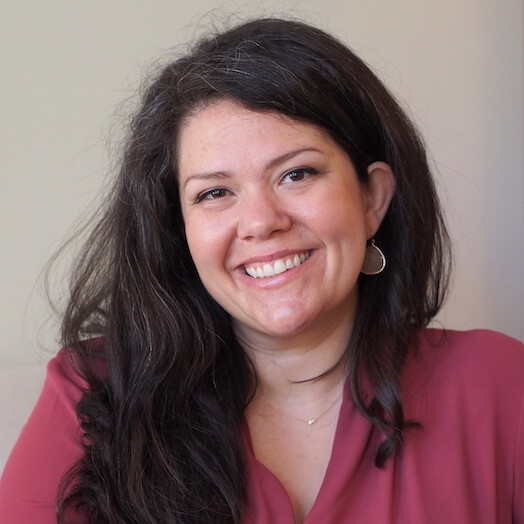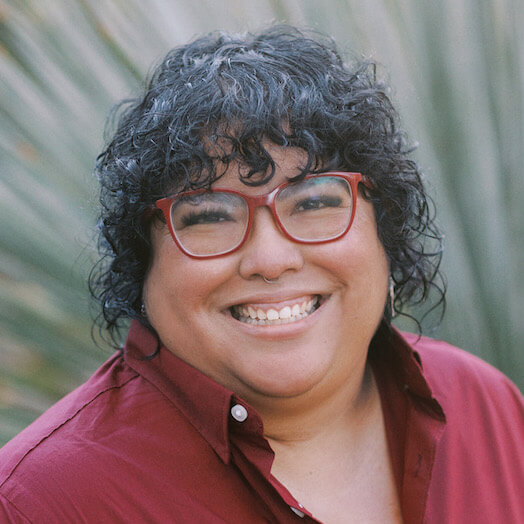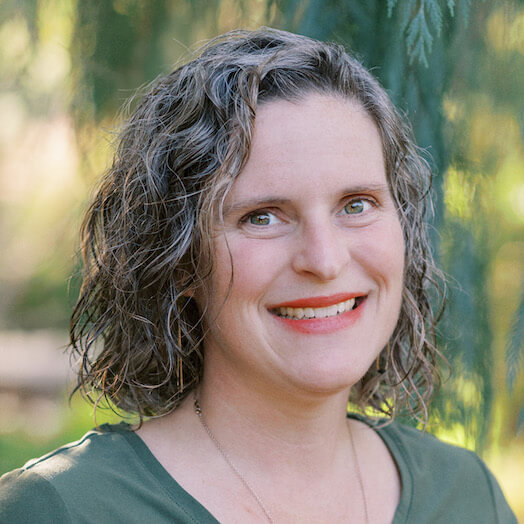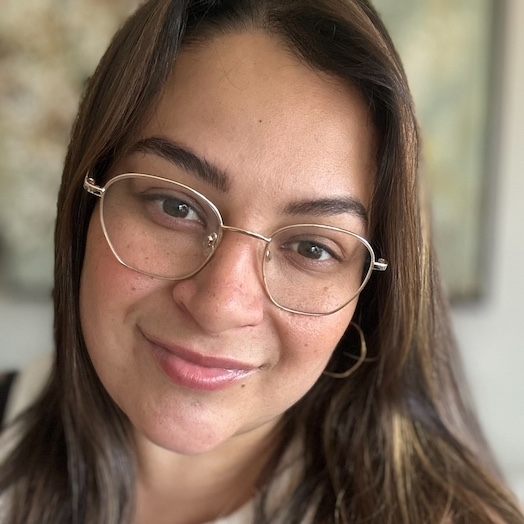
You start dating someone. It feels casual, fun, and flirty. You’re able to communicate and show up freely and openly. Soon, the relationship progresses — you get butterflies in your stomach when you anticipate seeing them, you enjoy spending time with them, and eventually, you start to see a future with them. And just like that, you realize you’re getting attached to this person.
That’s when it hits you.
You notice the patterns that were present in previous relationships begin to rear their ever-so-familiar heads. Maybe you become clingy and preoccupied about where they’re at and who they’re with when it takes them a while to text back. Maybe you want to be in a relationship but as soon as things start to get serious, you feel suffocated and begin to avoid them. And the once casual, fun, flirty relationship is suddenly fraught with anxiety and avoidance.
If you’ve noticed these patterns in your relationships and want to gain some insight into these behaviors to cultivate more fulfilling connections with others, it may help to first understand attachment.
First off, what’s attachment theory?
Attachment theory was first introduced by psychologist John Bowlby in the 1950s. Bowlby suggested that children come into the world with the innate predisposition to form attachments with others in order to survive (AKA – we as humans are hardwired for connection!). He also proposed that children form an attachment with a primary caregiver who would then act as a secure base for the child to explore the world. That primary caregiver’s level of care and responsiveness to the child would then act as a sort of blueprint for future relationships.
AND! More recent studies show that our early experiences don’t totally determine whether we become securely or insecurely attached as adults. Our attachment styles are malleable due to something called neuroplasticity (fancy schmancy word for how experience changes the brain), and they can change through other relational experiences we have along the way.
So, let’s say you grew up with a secure and responsive caregiver, but in high school you were in a relationship where the other person treated you really poorly. That experience could have eroded your sense of security. Or vice versa, let’s say you grew up with a less-than-ideal caregiver, but in middle school you had a strong group of friends who showed up for you consistently and made you feel fully included. That experience could have then allowed you to develop a more secure attachment.
TL;DR:attachment theory explores how early childhood experiences with primary caregivers (and other relational experiences we have along the way) influence our attachment styles and impact our adult relationships. Our attachment styles shape the way we view ourselves, connect with others and navigate relationships.
Ok, now that we’ve got an idea of what attachment theory is, let’s look at the different attachment styles.
The four attachment styles:
- Secure attachment: individuals with a secure attachment style feel comfortable with both intimacy and independence. Securely attached adults tend to have a positive view of themselves and their partners. They see others as being able to provide support and assistance, and see themselves as being deserving of love and support.
- Anxious (Preoccupied) attachment: individuals with an anxious attachment style usually crave intimacy, but worry about rejection or abandonment. They may seek constant reassurance, display clingy behaviors, and experience heightened anxiety in relationships.
- Avoidant (Dismissive) attachment: individuals with an avoidant attachment style may associate intimacy with losing their independence. As adults, they may struggle with emotional vulnerability and maintain a strong desire for autonomy and freedom.
- Disorganized (Fearful-Avoidant) attachment: disorganized attachment is a combination of anxious and avoidant tendencies. Individuals with disorganized attachment may go back and forth between wanting emotional connection and pushing others away, creating internal conflicts and emotional distress.
Can you change your attachment style?
If you found yourself resonating with one or more of the insecure attachment styles (anxious, avoidant, disorganized), and you thought, “yup, that’s me!”, and you’d like to get to a more secure attachment style —there’s good news! It’s possible because of that fancy schmancy psychology word: neuroplasticity. Because while attachment styles can be deeply rooted, they aren’t set in stone.
And you don’t have to do it alone.
It’s true, we develop insecure attachments from relational experiences, but we develop secure attachment in relationships as well. This can happen more organically if you’re in a relationship with someone who has a secure attachment style. And it can also happen through some innerwork.
With time, a bit of self-reflection, a whole lot of self-compassion, a willingness to challenge and move beyond our comfort zones, and if necessary, some help from a premarital counselor, we can move toward a more secure attachment style.
Remember, you have the power to break free from old patterns, create a life that feels deeply meaningful to you, and rewrite your love story! 🙂
Sources:
Fraley, R. C. (2019). Attachment in adulthood: Recent developments, emerging debates, and future directions. Annual Review of Psychology, 70(1), 401–422. https://doi.org/10.1146/annurev-psych-010418-102813
Levine, A., & Heller, R. (2011). Attached: The new science of adult attachment and how it can help you find–and keep–love. TarcherPerigee.
McLeod, S. A. (2009). Attachment Theory. Retrieved from www.simplypsychology.org/attachment.html

I help individuals and couples who feel lonely, stuck, and disconnected. You can experience more fulfillment in your life and relationships! I’m here to support you.
You can read more about me or schedule an appointment here: About Joanna
























